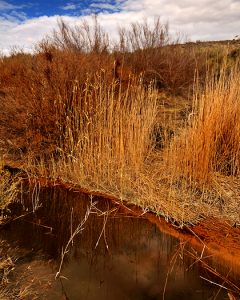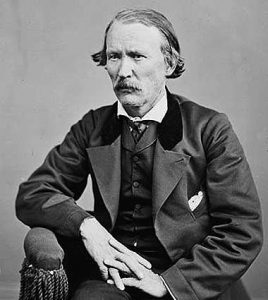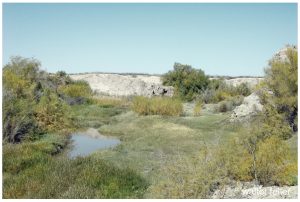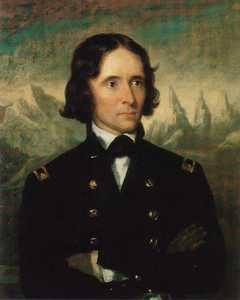From: Shoshone Country; Resting Springs – Loafing Along Death Valley Trails by W. Caruthers
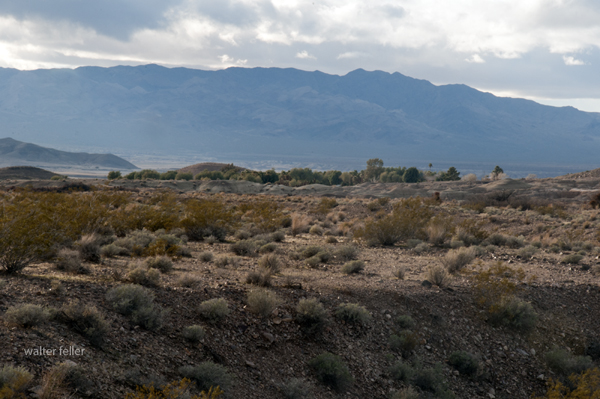
Early in 1843, John C. Fremont led a party of 39 men from Salt Lake City northward to Fort Vancouver and in November of that year, started on the return trip to the East.
This trip was interrupted when he found his party threatened by cold and starvation and he faced about; crossed the Sierra Nevada and went to Sutter’s Fort. After resting and outfitting, he set out for the East by the southerly route over the old Spanish trail, which leads through the Shoshone region.
At a spring somewhere north of the Mojave River he made camp. The water nauseated some of his men and he moved to another. Identification of these springs has been a matter of dispute and though historians have honestly tried to identify them, the fact remains that none can say “I was there.”
In the vicinity were several springs any of which may have been the one referred to by Fremont in his account of the journey. Among these were two water holes indicated on early maps as Agua de Tio Mesa, and another as Agua de Tomaso.
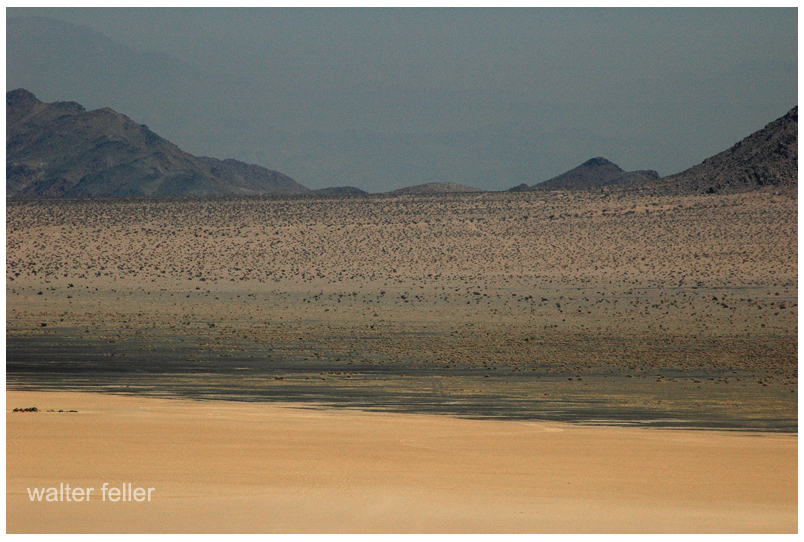
There are several springs of nauseating water in the area and some of the old timers academically inclined, insisted that Fremont probably camped at Saratoga Springs, which afforded a sight of Telescope Peak or at Salt Spring, nine miles east on the present Baker-Shoshone Highway at Rocky Point.

Kit Carson was Fremont’s guide. Fremont records that two Mexicans rode into his camp on April 27, 1844, and asked him to recover some horses which they declared had been stolen from them by Indians at the Archilette Spring, 13 miles east of Shoshone.
One of the Mexicans was Andreas Fuentes, the other a boy of 11 years—Pablo Hernandez. While the Indians were making the raid, the boy and Fuentes had managed to get away with 30 of the horses and these they had left for safety at a water hole known to them as Agua de Tomaso. They reported that they had left Pablo’s father and mother and a man named Santiago Giacome and his wife at Archilette Spring.
With Fremont, besides Kit Carson, was another famed scout, Alexander Godey, a St. Louis Frenchman—a gay, good looking dare devil who later married Maria Antonia Coronel, daughter of a rich Spanish don and became prominent in California.
In answer to the Mexicans’ plea for help, Fremont turned to his men and asked if any of them wished to aid the victims of the Piute raid. He told them he would furnish horses for such a purpose if anyone cared to volunteer. Of the incident Kit Carson, who learned to write after he was grown, says in his dictated autobiography: “Godey and myself volunteered with the expectation that some men of our party would join us. They did not. We two and the Mexicans … commenced the pursuit.”
Fuentes’ horse gave out and he returned to Fremont’s camp that night, but Godey, Carson, and the boy went on. They had good moonlight at first but upon entering a deep and narrow canyon, utter blackness came, even shutting out starlight, and Carson says they had to “feel for the trail.”
One may with reason surmise that Godey and Carson proceeded through the gorge that leads to the China Ranch and now known as Rainbow Canyon. When they could go no farther they slept an hour, resumed the hunt and shortly after sunrise, saw the Indians feasting on the carcass of one of the stolen horses. They had slain five others and these were being boiled. Carson’s and Godey’s horses were too tired to go farther and were hitched out of sight among the rocks. The hunters took the trail afoot and made their way into the herd of stolen horses.
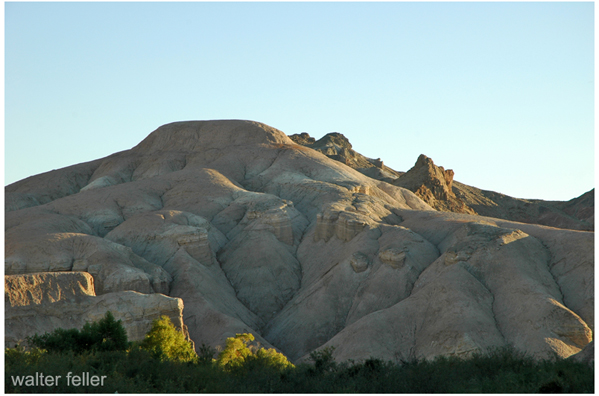
Says Carson: “A young one got frightened. That frightened the rest. The Indians noticed the commotion … sprang to their arms. We now considered it time to charge on the Indians. They were about 30 in number. We charged. I fired, killing one. Godey fired, missed but reloaded and fired, killing another. There were only three shots fired and two were killed. The remainder ran. I … ascended a hill to keep guard while Godey scalped the dead Indians. He scalped the one he shot and was proceeding toward the one I shot. He was not yet dead and was behind some rocks. As Godey approached he raised, let fly an arrow. It passed through Godey’s shirt collar. He again fell and Godey finished him.”
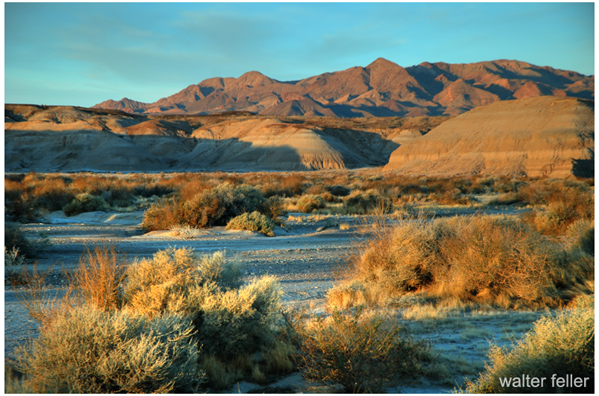
Subsequently it was discovered that Godey hadn’t missed, but that both men had fired at the same Indian as proven by two bullets found in one of the dead Indians. Godey called these Indians “Diggars.” The one with the two bullets was the one who sent the arrow through Godey’s collar and when Godey was scalping him, “he sprang to his feet, the blood streaming from his skinned head and uttered a hideous yowl.” Godey promptly put him out of his pain.
They returned to camp. Writes Fremont: “A war whoop was heard such as Indians make when returning from a victorious enterprise and soon Carson and Godey appeared, driving before them a band of horses recognized by Fuentes to be part of those they had lost. Two bloody scalps dangling from the end of Godey’s gun….”
Fremont wrote of it later: “The place, object and numbers considered, this expedition of Carson and Godey may be considered among the boldest and most disinterested which the annals of Western adventure so full of daring deeds can present.” It was indeed a gallant response to the plea of unfortunates whom they’d never seen before and would never see again.
When Fremont and his party reached the camp of the Mexicans they found the horribly butchered bodies of Hernandez, Pablo’s father, and Giacome. The naked bodies of the wives were found somewhat removed and shackled to stakes.
Fremont changed the name of the spring from Archilette to Agua de Hernandez and as such it was known for several years. He took the Mexican boy, Pablo Hernandez, with him to Missouri where he was placed with the family of Fremont’s father-in-law, U. S. Senator Thomas H. Benton. The young Mexican didn’t care for civilization and the American way of life and in the spring of 1847 begged to be returned to Mexico. Senator Benton secured transportation for him on the schooner Flirt by order of the Navy, and he was landed at Vera Cruz—a record of which is preserved in the archives of the 30th Congress, 1848.
Three years later a rumor was circulated that the famed bandit, Joaquin Murietta was no other than Pablo Hernandez (This was indeed, just a rumor as the dates were mismatched by at least ten years -ed.)
Lieutenant, afterward Colonel, Brewerton was at Resting Springs in 1848 with Kit Carson who then was carrying important messages for the government to New Mexico. He found the ground white with the bleached bones of other victims of the desert Indians. Brewerton calls them Pau Eutaws.
-end-

